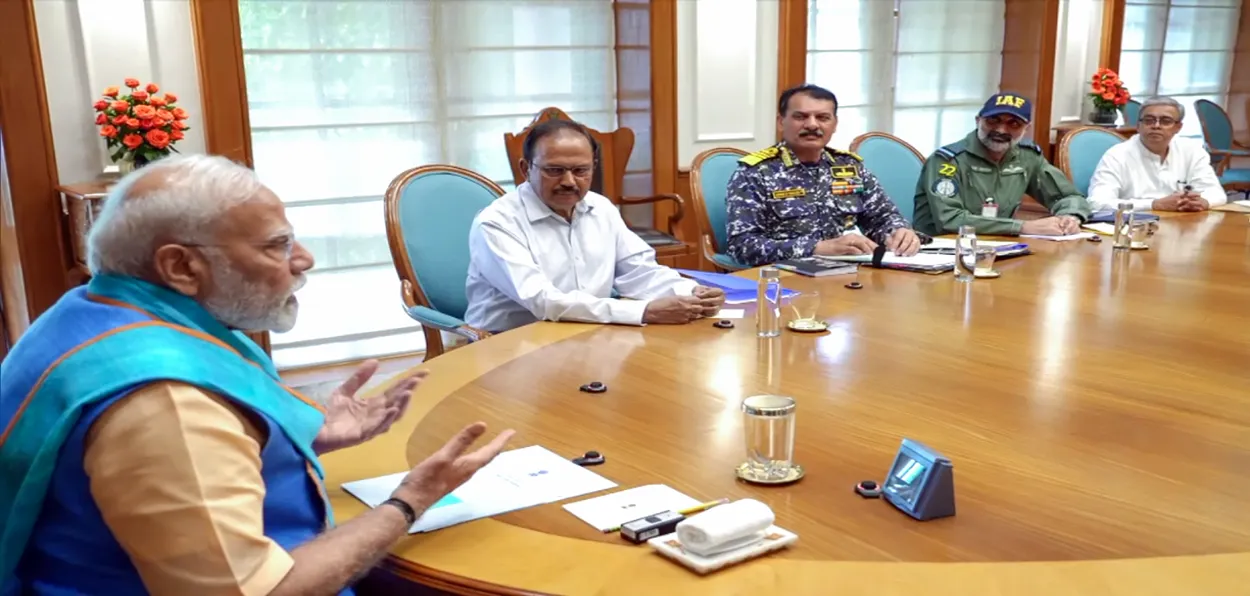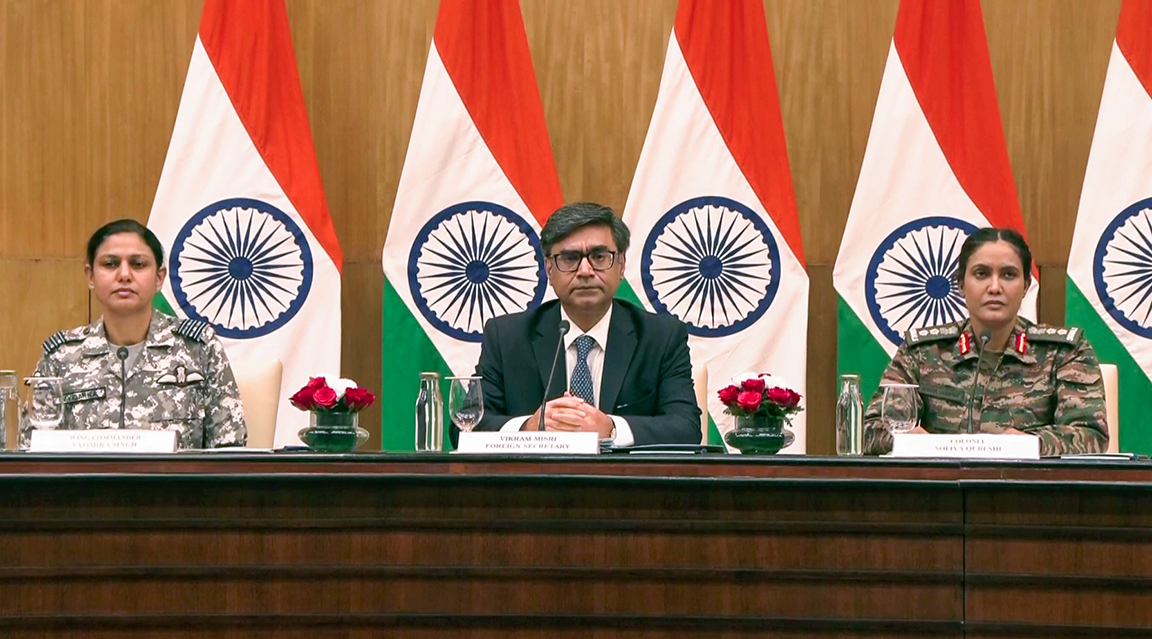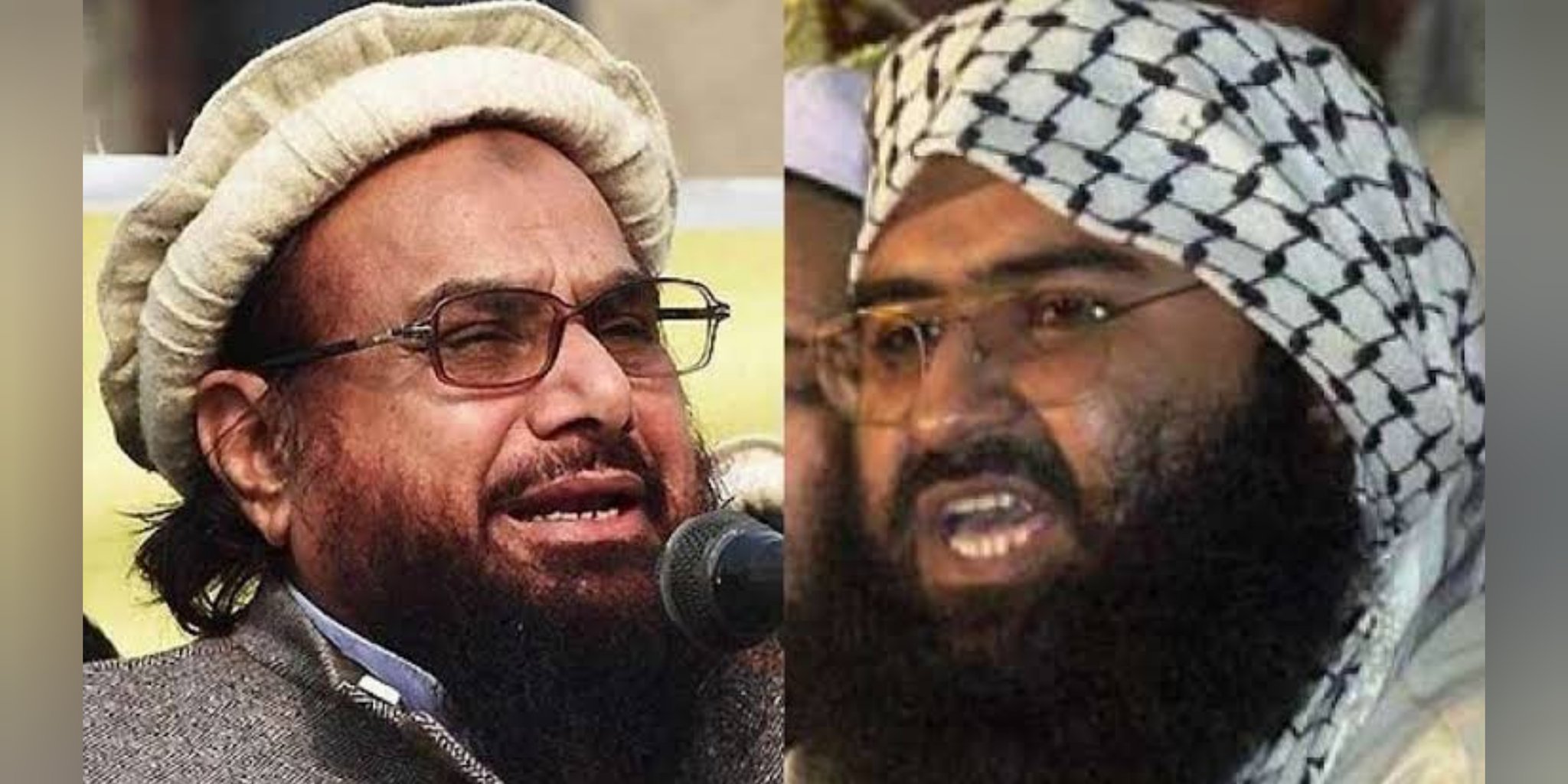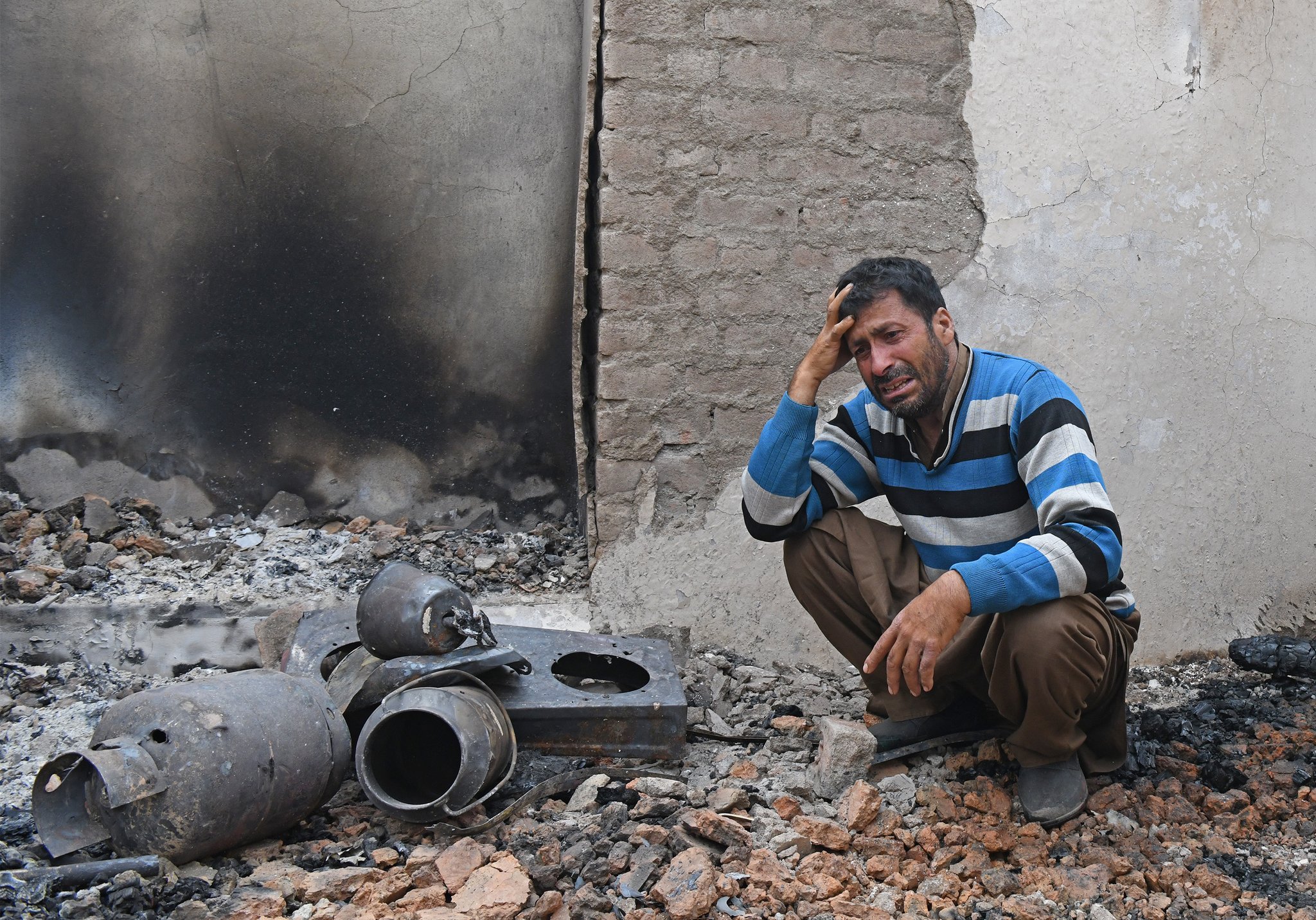
 Aasha Khosa
Aasha Khosa
The four-day Operation Sindoor is a testimony to the India of 2025 -- no longer burdened with the legacy of upholding peace even in the face of terror, and going in hot pursuit of terrorists, nurtured by the State of Pakistan for four decades. It was the real show of India's intent - ghar mein ghus ke marengey (We will kill terrorists in their burrows).
The missile attacks on Pakistan’s largest terrorist training and recruiting centers in Punjab and other nine such places in POJK and Punjab, was the actualization of the doctrine of defensive offence, a policy in which an entity to be attacked by a bully doesn’t wait for the attack to happen but proactively engages the potential attacker by hitting at its weak points.
The concept was popularized by National Security Adviser Ajit Doval, even before he was handpicked by Prime Minister Narendra Modi in 2014 as his NSA. No wonder, in his third term in 2024, PM Narendra Modi prevailed upon Doval to give up his retirement plans and continue. Operation Sindoor was actualisation of Doval’s doctrine as the Indian armed forces unleashed their fury and might against terrorist infrastructure deep inside Punjab, Pakistan. The bold political leadership of Modi and insight and vision of Doval was the backbone of the operation.
The destruction of Muridkey training center of Lashkar-e-chief Syed Hafiz and Subhan Allah center of Masood Azhar was a chilling message to the State of Pakistan that it can no longer nurture the jihadi terrorists to wage a proxy war against India and not face consequences.
 Wing Commander Vyomika Singh, Foreign Secretary Vikram Misri, and Colonel Sofiya Qureshi during press briefing on Operation Sindoor, at Ministry of External Affairs in New Delhi
Wing Commander Vyomika Singh, Foreign Secretary Vikram Misri, and Colonel Sofiya Qureshi during press briefing on Operation Sindoor, at Ministry of External Affairs in New Delhi
Though given Pakistan’s track record, peace looks fragile even after the Saturday ceasefire between the two countries, India has already made its point. “Once they (Pakistan) know that India has shifted its gears from defensive mode to defensive-offence mode, they will find it unaffordable for them. You can do one Mumbai, you may lose Balochistan,” the words of NSA Doval to students at a Tamil Nadu University, before he became the NSA, must be resonating in the ears of Pakistanis as they look at their destroyed airbases, terrorist centers, and pride, if they are left with any.
Operation Sindoor was a measured attack and not a war for proving a point to Pakistan and terrorists, both inside Pakistan and India. Its scale and precision made Operation Balakot – destruction of yet another terrorist training center inside Pakistan in retaliation to the February 2014 Pulwama attack in which 44 CRPF men laid down their lives - look like trailer of the movie before its release.
India’s messaging was clear and didn’t involve pandering to the western audiences. From the world go, Indian spokespersons – Foreign Secretary Vikram Misri, Col Sofiya Qureshi, and Wg Cdr Vyomika Singh – made India look like a state which spoke softly and yet carried a big stick.
 Faces iof terror: Lashkar-e-chief head Hifiz Saeed and Jaish-e-Muhammad chief Maulana Masood Azhar
Faces iof terror: Lashkar-e-chief head Hifiz Saeed and Jaish-e-Muhammad chief Maulana Masood Azhar
They made it clear that Operation Sindoor was not against the people or the State of Pakistan, but against the terror infrastructure that harmed India. However, going by the timelines of fast-evolving events during the four days during Operation Sindoor, it is clear that the Indian Armed Forces made use of the limited conflict to impose heavy costs on Pakistan by destroying at least its four airbases.
This was done while American leaders, Vice-president J D Vance and the Secretary of State Marco Rubio, were trying to mediate a ceasefire agreement between the two countries. A few hours before the agreement was announced in New Delhi and Islamabad, the Army and BSF helped themselves by destroying several launching pads – smaller facilities which house terrorists before they are pushed into India though the Line of Control in J&K.
While Indian television channels and social media were wild with all claims and counterclaims, the Indian state was focused on target and achieving its goals.
Prime Minister Narendra Modi didn’t speak a word about it probably because of the limited nature of attack and carried on with his routine all these days. His calm must have caused a thousands tumults in Pakistani war rooms.
India’s fury seems to have punctured the Pakistan’s bluster and its preparedness for an armed conflict shocked it. As the Former Air Vice Marshal Iqramatullah Bhatti of Pakistan Air Force told BCC Pakistan was rendered incapable of countering the Indian attack from skies.
 A man crying over destruction of his house by Pakistan in shelling in Uri, Kashmir
A man crying over destruction of his house by Pakistan in shelling in Uri, Kashmir
He said, “Pakistan does not have the capability of blocking missiles from the sky. Pakistan has the HQ-9 and HQ-16FE system, which works against missiles or warplanes launched from the ground. But it does not have the capability of blocking missiles from the sky. Such a supersonic missile can travel from 3,675 km to 11,000 km per hour. It is not easy to track, target, and destroy a missile that travels at this speed. if it had been dropped from the ground, it would have taken more time. But when it comes from the sky, the response time is very short.”
Operation Sindoor also tested India’s newly acquired wherewithal including its air defence systems. Pakistan Air Force launched drones and missiles on Indian cities in the Western sector mostly targeted at civilians and neutralized by the Indian Air defence system, including S-400 acquired from Russia in the face of political opposition at home and by the western bloc.
ALSO READ: Indus Waters Treaty will continue to be in abeyance: Sources
Most Importantly: while Pakistan violating the ceasefire in J&K within an hour of its signing there are genuine fears in India about the country';s seriousness in ending terrorism directed at India. India, however, retains the right to treat any future terror attack as an act of war" and the onus of peace rests with Pakistan!
